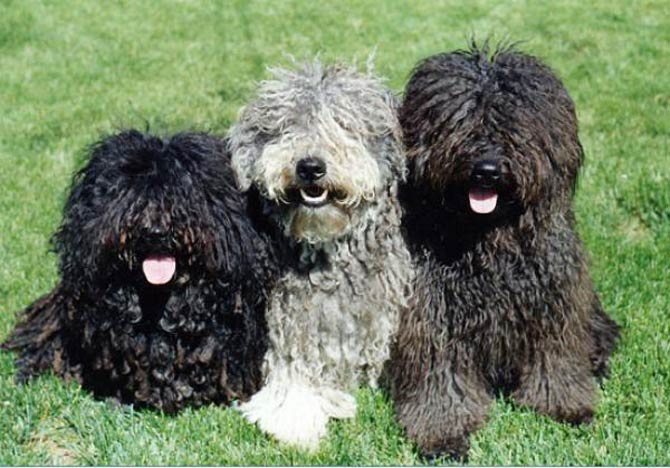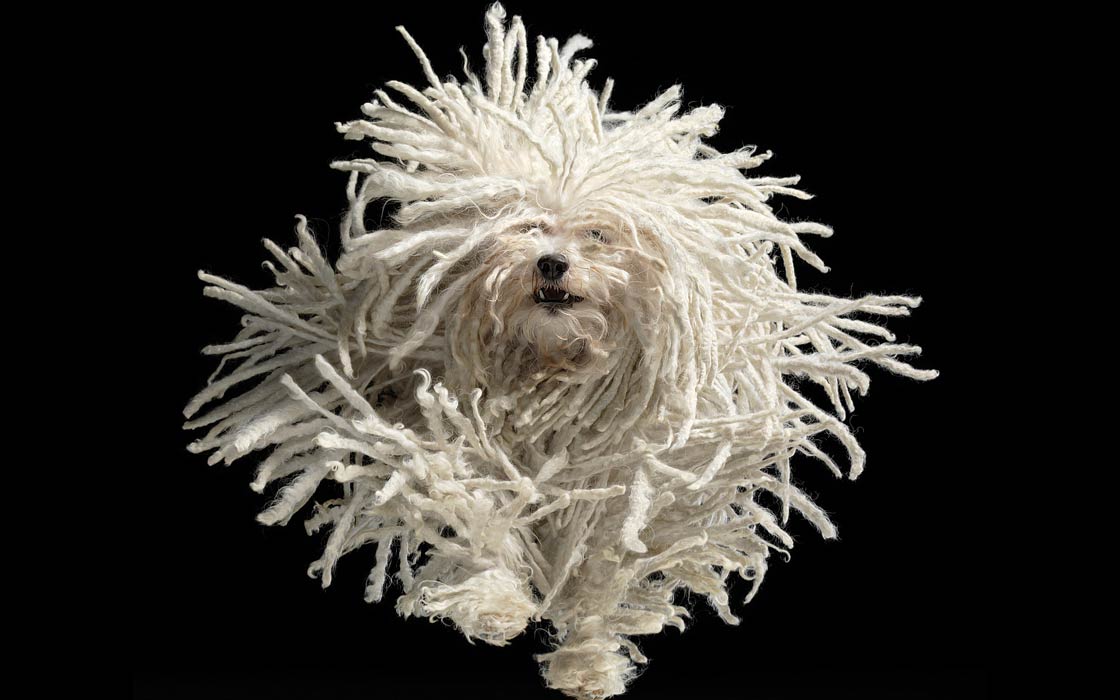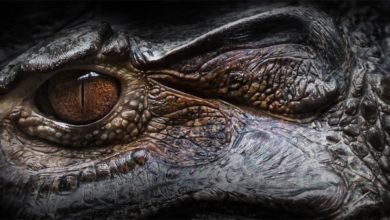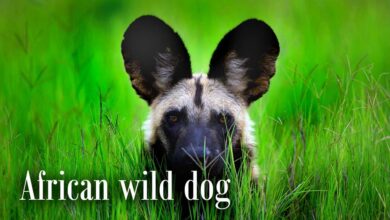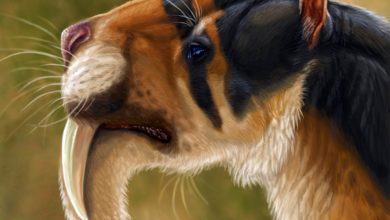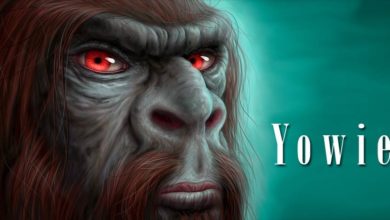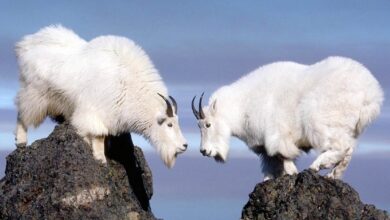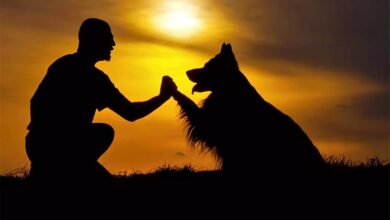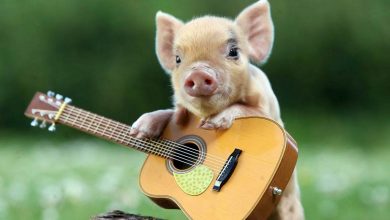Puli dog
Puli is, next to the fearless Komondor (Hungarian sheepdog) and Kuvasz, another representative of Hungarian herding dogs. It is also of Asian descent in common with these two breeds. In the past, the Puli was a typical working animal, today it is not only a shepherd, but also a friend of the family and protector of its human herd.
FCI classification
- Group 1 Sheepdogs and Cattle Dogs (except Swiss Cattle Dog)
- Section 1 Sheepdogs
- Other names: Hungarian puli

History and origin of the breed
Puli is an ancient breed of Hungarian herding dogs, introduced by the Magyars – a Central Asian tribe that existed over 1000 years ago. This dog was used as a shepherd to protect herds of livestock. It collaborated with another Hungarian breed, the Komondor, who protected the herds at night, while the Puli took care of it during the day.
When a wolf or a bear approached the sheep, it was Puli’s job to sound the alarm. Then the Komondor would come into action to fight the attacker. Even so, alone guarding Puli would also be able to deal with the enemy, for its thick coat effectively protects against hits or bites. The most important task of this dog was to keep herds in a tight group, while a large Komondor or Kuvasz dealt with protection against large predators.
In Asia, the age of the breed is estimated at 2,000 years, but dogs very similar to the Puli could have lived about 6,000 years ago. They probably appeared in Europe thanks to the tribes migrating towards the Carpathians, where they found suitable places to graze their herds. In the 20th century, the puli lost its position in the world of herding breeds in favor of home defense, but today the breed is not very popular as a pet.
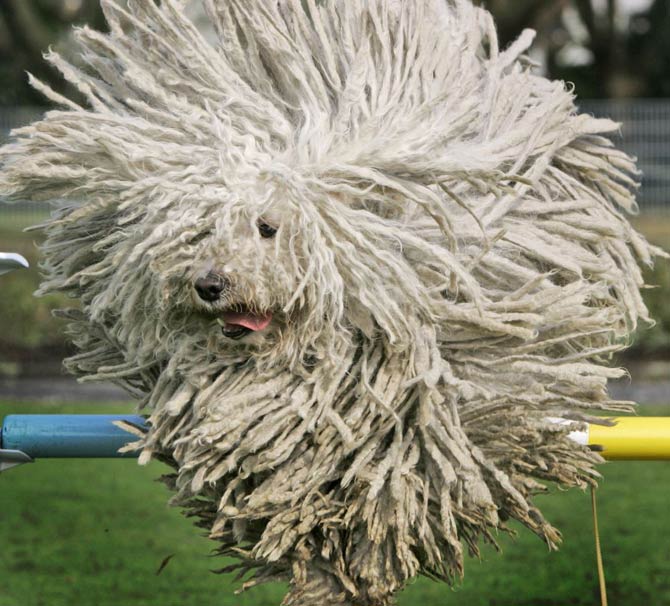
Characteristics
Appearance
Puli has a rather stocky body, usually covered with black fur. Less often there are white, grey, fawn or cream varieties; in the latter ones, a black mask is often seen.
In puppies, the hair is wavy and dense, with age forming characteristic ropes or patches. The coat has two layers: a fine undercoat and a coarse to the touch outer coat. The coat can be stiff and loose if the top coat dominates, or it is full of fluff where most of it is undercoat.
The latter variety is quite troublesome in care and according to FCI is considered as undesirable variety. If, on the other hand, both layers harmonize with each other, Puli’s fur resembles ropes. The longest ribbons are observed on the rump, thighs and loins, the shortest on the limbs and head (the hair covers the eyes).
Some owners cut the cords to make grooming more comfortable and to keep the dog a little cooler. True breed lovers, however, consider the Puli’s unique fur an integral part of its appearance and recognition.

Temperament
As a herding dog, it shows high intelligence and agility. Despite its large size, it is very fast and agile – it can change the direction of the run in the blink of an eye, but it can also obey commands, which is why it works well in dog sports. Puli is very loyal to the owner and forms a close relationship with him.
As a working dog, the Puli is very docile, task-focused and dynamic. Thanks to these features, the Puli also works as a police dog. Working as a shepherd, it fiercely defends the herd and territory. Despite its relatively small size compared to the Komondor or the Kuvasz, it faces predators as boldly as they do, but rarely attacks them.
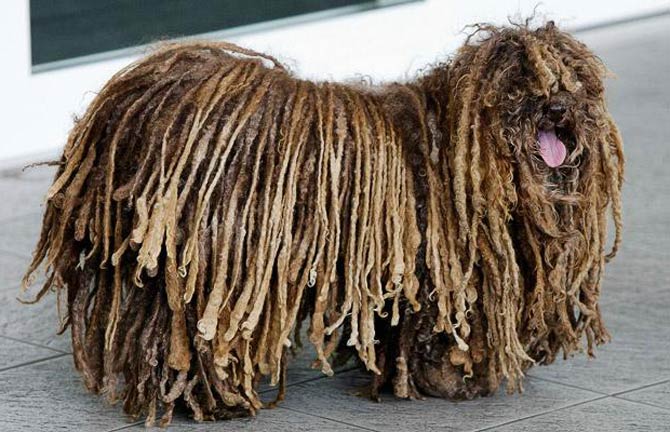
As a pet, it is committed to protecting its family and the entire property, cheerfully accompanying its owners in old age. Because Puli treats its family like a pack, it keeps its distance from strangers until its owner makes it clear that the stranger is not a threat. However, if it does not like someone, it can attack without warning, so when you first contact a new person, keep the Puli at a distance. It is suitable for a person with a strong personality, in whom it will see its owner and master. The upbringing of the dog should be done already in the puppy period – adult Puli is unreformable.
Well socialized and trained is a great companion for children, even plays better than them. Towards a small human, it shows a strong need for protection – if it feels that the child is threatened by something, it will gently tug it to draw it away from the potential danger. Despite this protective nature, the child should be taught not to approach the pooch when it is eating or sleeping. If your dog lives with other animals from an early age, they too will become its friends. It should always be introduced to a new pet so that it has a chance to accept it in its territory.
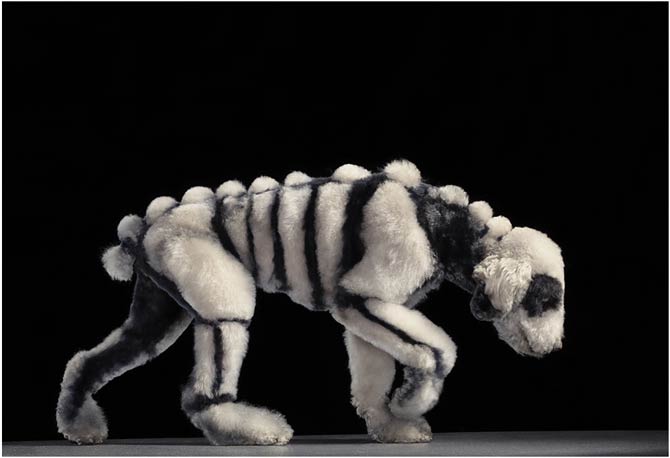
It works great as a guard dog because it is territorial and has a strong defensive instinct. It is sensitive and energetic, loves having fun (even as an adult it plays like a puppy), but is also brave, persistent and often stubborn. It shows great devotion to its owners, but becomes distrustful when in contact with strangers.
It needs a lot of daily movement and space, preferably outside the home. It belongs to a noisy breed, as it has a tendency to bark frequently. It learns quickly and is relatively easy to train, but it will not work in the city or in closed rooms due to the love of nature and loud disposition. If left without access to free space for a long time, it can become nervous, restless, hyperactive or, on the contrary, lazy and withdrawn.
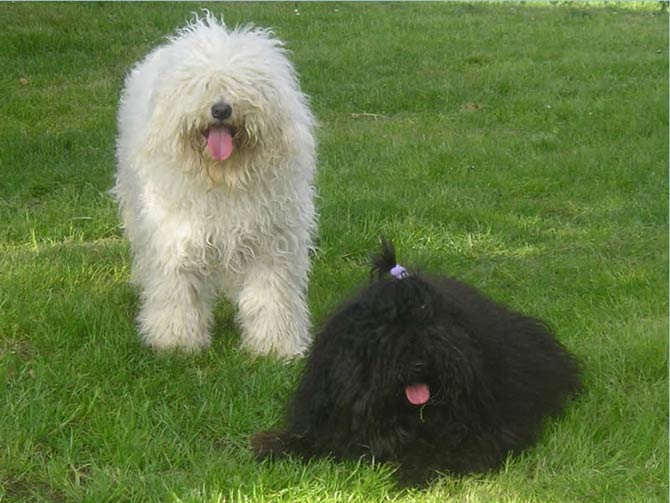
Detailed data and dimensions (size)
Puli dog
- Height at the withers
- males: 39–45 cm (15.4 – 17.7 in)
- males ideal height: 41–43 cm (16.1- 16.9 in)
- females: 36–42 cm (14.2 – 16.5 in)
- females ideal height: 38–40 cm (15 – 15.7 in)
- males: 39–45 cm (15.4 – 17.7 in)
- Weight
- males: 13-15 kg (28.6 – 33 lb)
- females: 10-13 kg (22 – 28.6 lb)
- The length of the longest cords: 20-30 cm (7.9 – 11.8 in)
- The length of the shortest cords: 10-12 cm (3.9 – 4.7 in)
- Lifespan: 10-15 years
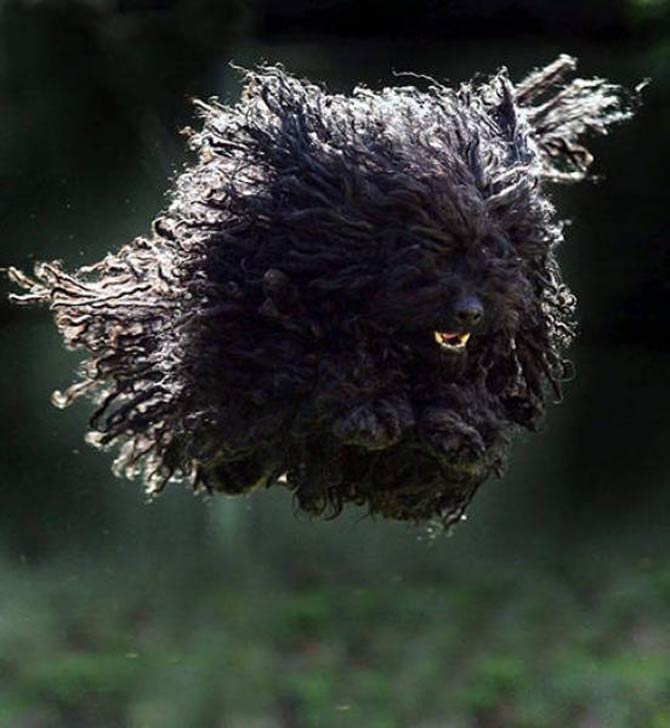
Puli dog – interesting facts
- Puli may be the ancestor of modern poodles. This theory, however, is questionable, as it is based largely on the appearance of the coat – in both breeds it is thick and waterproof. Puli, however, never worked as a water dog.
- There are indications that Puli dogs were bred by the Sumerians.
- The breed is considered non-shedding and hypoallergenic.
- Dogs of this breed are generally healthy, but are not completely free from certain medical conditions. It includes hip dysplasia, cataracts and progressive retinal atrophy.
- The white dog of the Puli breed is owned by Facebook founder Mark Zuckerberg. His name is the Beast. The Beast has its own profile on Facebook, which has gathered over 2.5 million fans so far 🙂
- The image of Puli can be found on Hungarian postage stamps.
